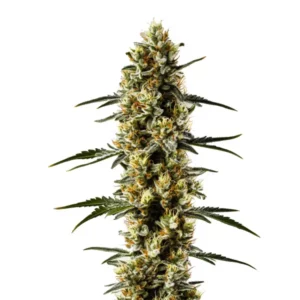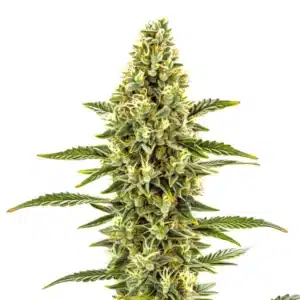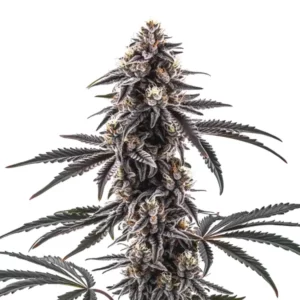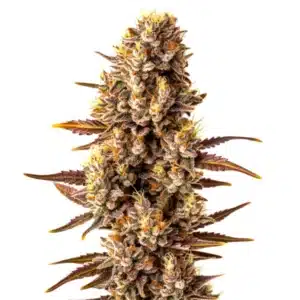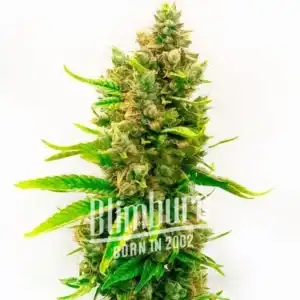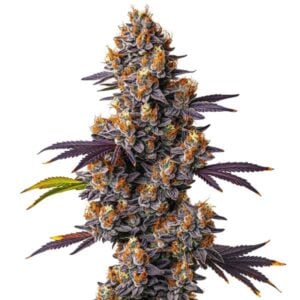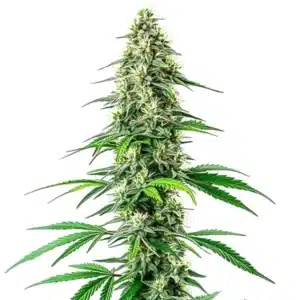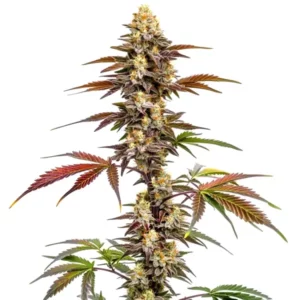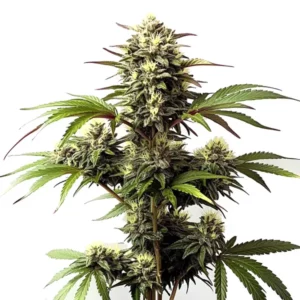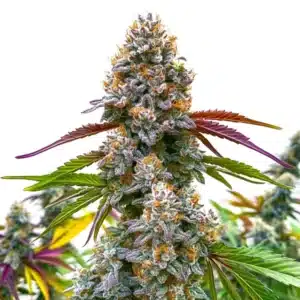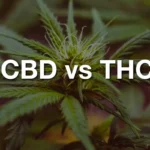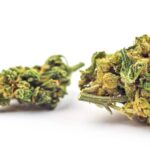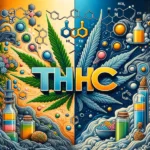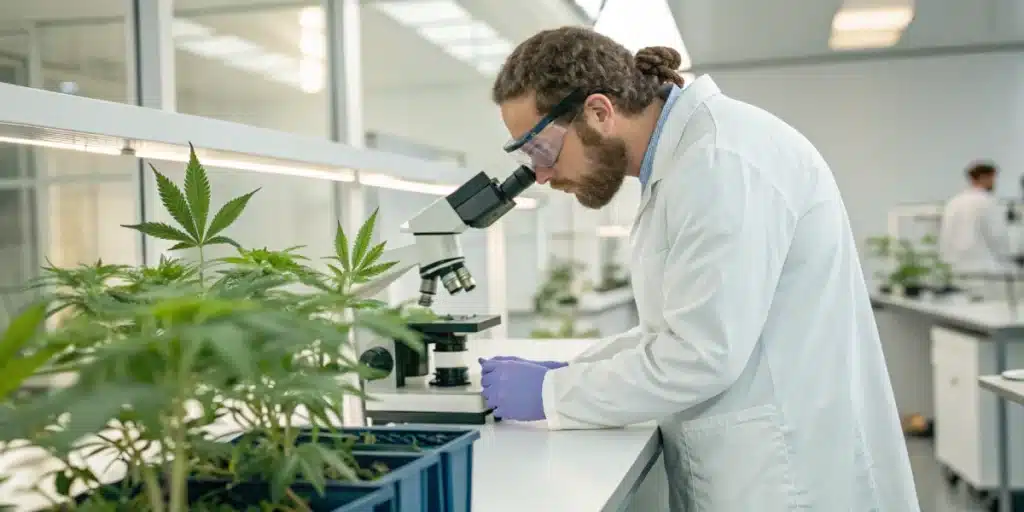
Difference Between CBD and THC: Key Contrasts in Effects and Benefits
Basic Differences between CBD and THC
Cannabis has fascinated humans for centuries, primarily due to its complex chemical compounds. At the heart of this interest are two cannabinoids: CBD (cannabidiol) and THC (tetrahydrocannabinol). Though both are derived from the cannabis plant, their chemical structures are only subtly different. Yet, these minor differences in atomic arrangement have profound effects on how each compound interacts with our bodies. Both CBD and THC share the same molecular formula, C21H30O2, but they differ in the arrangement of a single atom. This distinction may seem trivial, but it leads to entirely different interactions with the cannabinoid receptors in the brain.
The unique structures of CBD and THC are responsible for their distinct effects. CBD is non-psychoactive, meaning it doesn’t produce the ‘high’ that THC does. This is due to the way they bind to the CB1 receptors in the brain. THC binds tightly, which triggers the psychoactive experience, whereas CBD binds more loosely, which mitigates this effect. Understanding the chemical structure of these cannabinoids can help consumers make informed choices about their cannabis use, whether for recreational or medicinal purposes.
Recommended Strains
Candida CBD
|
|
CBD | 10% – 20% (Medium) |
|
|
Type | CBD Feminized |
|
|
Yield | Low |
|
|
Phenotype | 50% Indica / 50% Sativa |
CBD Shishkaberry x Candida (1:2)
|
|
CBD | 8% (Low) |
|
|
Type | CBD Feminized |
|
|
Yield | Medium |
|
|
Phenotype | 40% Indica / 60% Sativa |
Psychoactive vs. Non-Psychoactive Effects
One of the most commonly discussed aspects of the difference between CBD and THC is their psychoactive properties. THC is infamous for its psychoactive effects, which include euphoria, altered perception, and heightened sensory awareness. These effects make THC a popular choice for recreational users seeking a mood-altering experience. However, not everyone desires these effects, particularly those who use cannabis for its medicinal benefits.
CBD, on the other hand, is non-psychoactive, making it a preferred choice for those who want to avoid the mind-altering effects of THC. This difference is crucial for patients who need symptom relief without the high. CBD can help manage anxiety, pain, and inflammation without interfering with cognitive function. This is why CBD is often used in medical treatments and why it has gained popularity among individuals seeking natural remedies for various ailments. The non-psychoactive nature of CBD makes it a versatile option for both new and experienced cannabis users.
Promos & Deals
Medical Applications and Benefits
Therapeutic Uses of CBD
CBD has gained a reputation as a powerful therapeutic agent, with a wide range of potential health benefits. Its non-psychoactive nature makes it particularly appealing for medical use. One of the most well-documented uses of CBD is its ability to manage chronic pain. By interacting with the endocannabinoid system, CBD can help reduce inflammation and alleviate pain without the side effects associated with traditional pain medications. This has made it a popular choice for individuals suffering from arthritis, multiple sclerosis, and other chronic pain conditions.
Beyond pain management, CBD is also being explored for its potential in treating anxiety and depression. Studies have shown that CBD can help reduce anxiety in people with social anxiety disorder and may have antidepressant-like effects. Additionally, CBD has shown promise in treating epilepsy, particularly in children with treatment-resistant forms of the condition. The FDA has even approved a CBD-based drug, Epidiolex, for this purpose. As research continues, the list of therapeutic uses for CBD is likely to expand, offering new hope for patients seeking natural alternatives to conventional treatments.
Medical Effects of THC
While THC is best known for its psychoactive properties, it also has significant medical benefits. THC is particularly effective in managing pain and nausea, making it a valuable tool in palliative care. Cancer patients undergoing chemotherapy often use THC to alleviate nausea and vomiting, allowing them to maintain a better quality of life during treatment. Additionally, THC can stimulate appetite, which is beneficial for patients with conditions like HIV/AIDS that cause severe weight loss and muscle wasting.
Beyond its use in palliative care, THC is also being studied for its potential in treating neurological conditions. Research suggests that THC may help reduce the symptoms of multiple sclerosis and may have neuroprotective properties that could benefit patients with neurodegenerative diseases like Alzheimer’s. Despite its psychoactive effects, THC’s medical applications are significant, and ongoing research continues to uncover new potential benefits. As our understanding of THC expands, it may become an even more integral part of medical cannabis treatment plans.

Usage and Consumption Methods
Forms and Delivery Methods
When it comes to consuming cannabis, there are numerous options available, each with its own set of advantages and disadvantages. Both CBD and THC can be consumed in various forms, including oils, tinctures, edibles, and topicals. Smoking or vaping remains one of the most common methods, offering quick onset of effects. However, for those who prefer to avoid inhalation, edibles and tinctures provide an alternative that is both discrete and easy to dose.
Edibles, such as gummies or baked goods, are a popular choice for many consumers due to their ease of use and long-lasting effects. However, they can take longer to take effect, as they must pass through the digestive system. Tinctures, which are liquid extracts taken sublingually, offer a faster onset than edibles and allow for precise dosing. Topicals, including creams and balms, are ideal for localized relief of pain or inflammation, offering the benefits of cannabis without any psychoactive effects. Each method of consumption has its own unique benefits, and the choice ultimately depends on individual preferences and needs.
Dosage Considerations
Determining the appropriate dosage of CBD or THC can be challenging, as it varies widely depending on the individual and the condition being treated. Factors such as body weight, metabolism, and previous cannabis experience can all influence how a person responds to cannabinoids. It is generally recommended to start with a low dose and gradually increase until the desired effects are achieved. This approach allows individuals to find their optimal dosage while minimizing the risk of adverse effects.
For CBD, doses can range from as little as 5 mg to over 150 mg per day, depending on the condition being treated. THC dosing is often more complex due to its psychoactive effects. Starting with a low dose of 2.5 mg to 5 mg is typically recommended, especially for those who are new to THC or have a low tolerance. It’s important to note that higher doses of THC can lead to unwanted side effects, such as anxiety or paranoia. Consulting with a healthcare professional experienced in cannabis use can help individuals determine the best dosage for their specific needs, ensuring both safety and efficacy.
Legality and Regulatory Perspectives
Global Legal Status
The legal status of CBD and THC varies significantly across the globe, influenced by cultural attitudes and regulatory frameworks. In some countries, cannabis is fully legal for both medical and recreational use, while in others, it remains strictly prohibited. In the United States, for example, the legal landscape is complex, with individual states setting their own cannabis laws. As a result, some states have legalized both CBD and THC, while others have only legalized CBD or maintain a complete prohibition on cannabis.
In Europe, the legal status of CBD and THC also varies widely. Some countries, like the Netherlands, have a long history of cannabis tolerance, while others, such as Sweden, maintain strict cannabis laws. The European Union has its own regulations regarding CBD, allowing products with less than 0.2% THC, but individual countries may have additional restrictions. Understanding the legal landscape is crucial for consumers and businesses alike, as it influences the availability and accessibility of CBD and THC products. Staying informed about the evolving legal status of cannabis can help individuals make informed decisions and navigate the complexities of cannabis regulation.
Regulatory Challenges
Regulating cannabis presents numerous challenges, as it requires balancing public health concerns with the demand for access to cannabis products. One of the most significant regulatory hurdles is ensuring the quality and safety of CBD and THC products. With the rapid growth of the cannabis industry, there is a risk of unregulated products entering the market, which may be mislabeled or contaminated. Implementing standardized testing and labeling requirements can help address these concerns, ensuring that consumers have access to safe and accurately labeled products.
Another regulatory challenge is the varying legal status of cannabis across different jurisdictions. This inconsistency can create confusion for consumers and businesses, particularly when it comes to transporting cannabis products across borders. Furthermore, the stigma associated with cannabis use can complicate regulatory efforts, as policymakers must balance public perception with scientific evidence. Despite these challenges, progress is being made, with many countries and states working towards more comprehensive and consistent cannabis regulations. As the industry continues to evolve, addressing these regulatory challenges will be crucial for ensuring the safe and responsible use of CBD and THC.
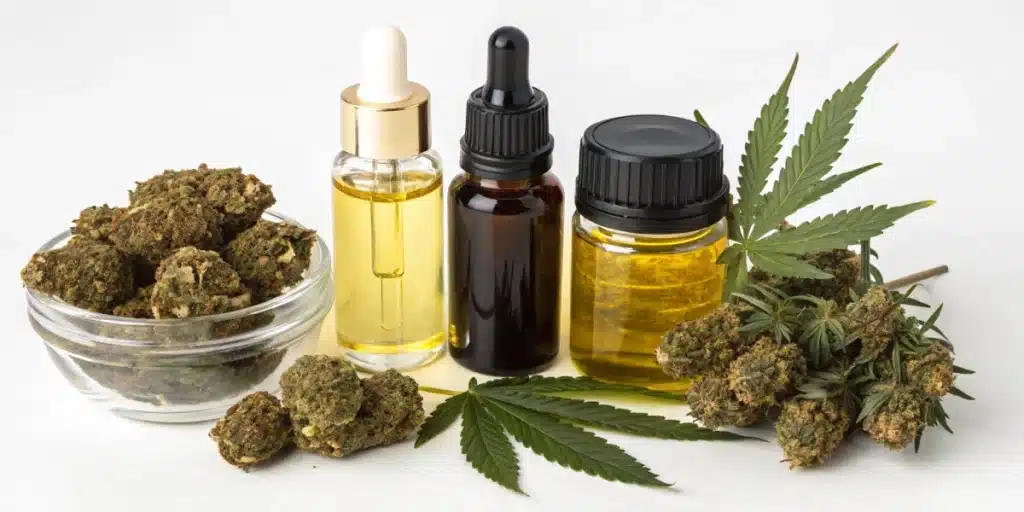
FAQs about difference between cbd and thc
What is the main difference between CBD and THC?
The primary difference between CBD and THC lies in their psychoactive properties. THC is psychoactive and produces a high, whereas CBD is non-psychoactive and does not alter perception. This distinction makes CBD a preferred choice for those seeking therapeutic benefits without the mind-altering effects associated with THC. Both compounds have unique interactions with the body’s endocannabinoid system, leading to different effects and applications.
Are there benefits to combining CBD and THC?
Combining CBD and THC can offer a synergistic effect, known as the entourage effect, which may enhance the therapeutic benefits of each compound. This combination can be particularly effective for pain management, as CBD can mitigate some of the psychoactive effects of THC while enhancing its analgesic properties. Many medical cannabis products contain both CBD and THC in specific ratios to maximize their benefits.
Which cannabinoid is legal in most regions?
CBD is legal in more regions than THC, primarily due to its non-psychoactive nature. Many countries and states have legalized CBD for medical and, in some cases, recreational use, provided it contains less than a certain percentage of THC. THC, on the other hand, is subject to more stringent regulations due to its psychoactive effects. The legal status of both cannabinoids continues to evolve, with ongoing legislative changes around the world.


